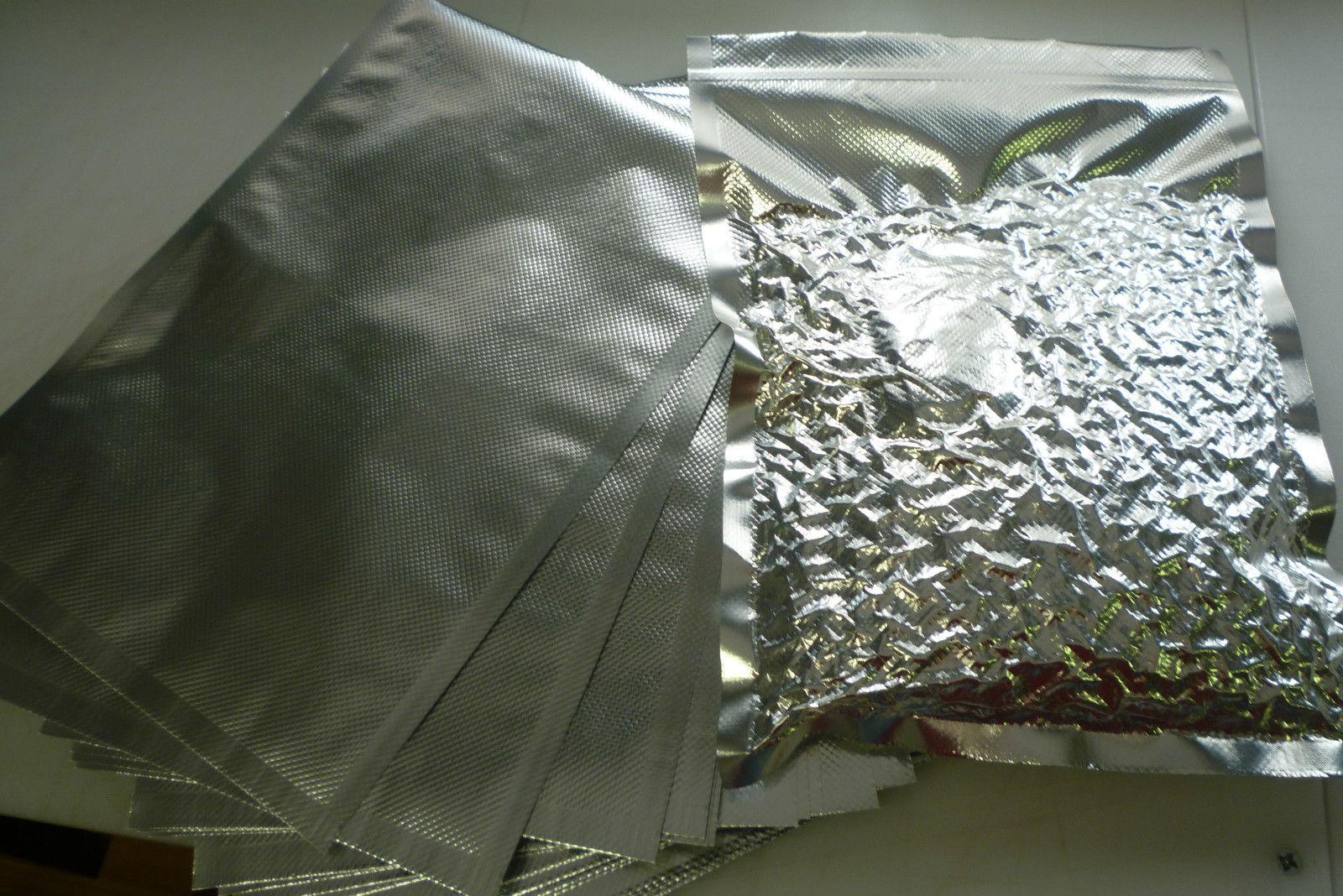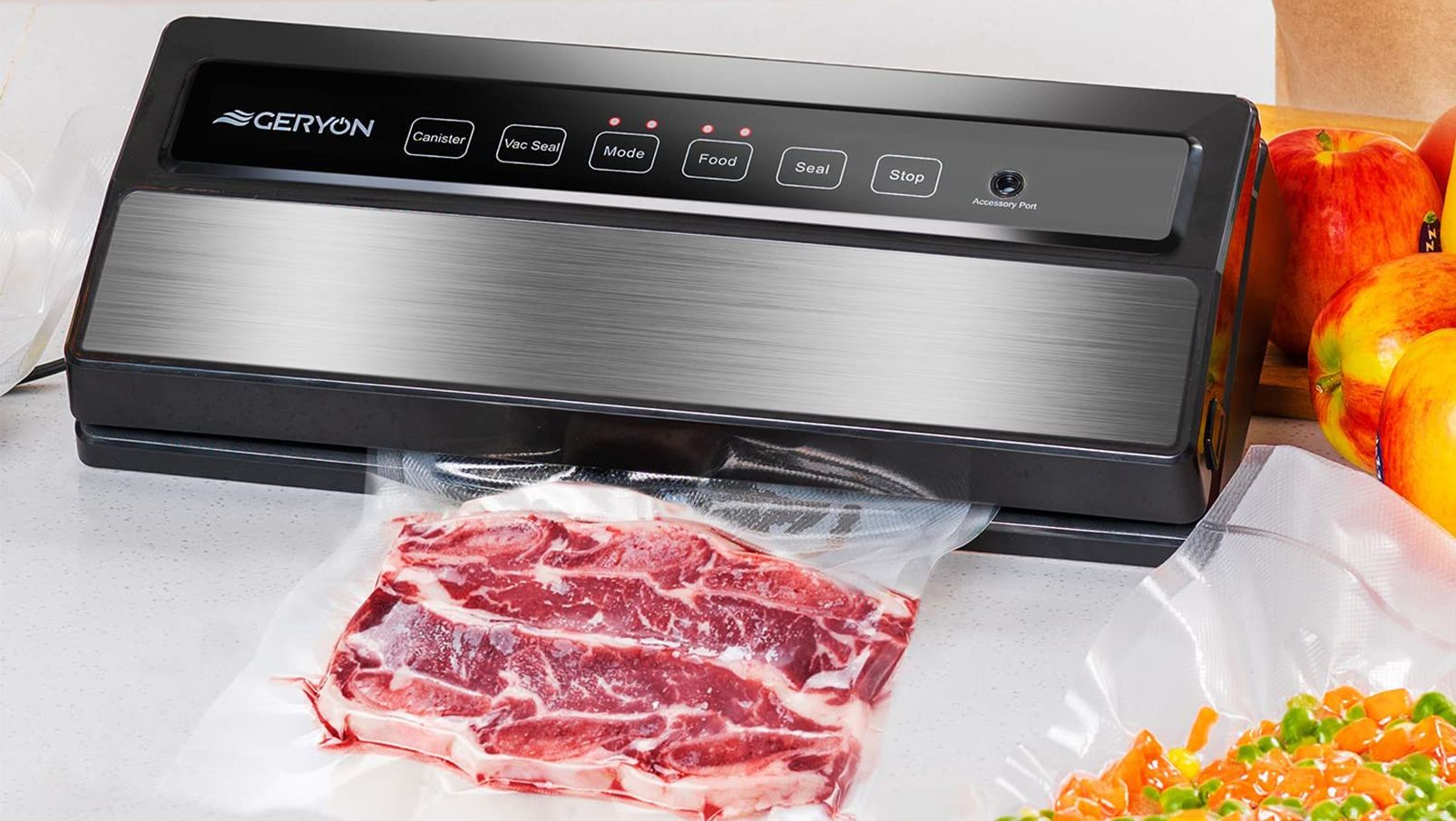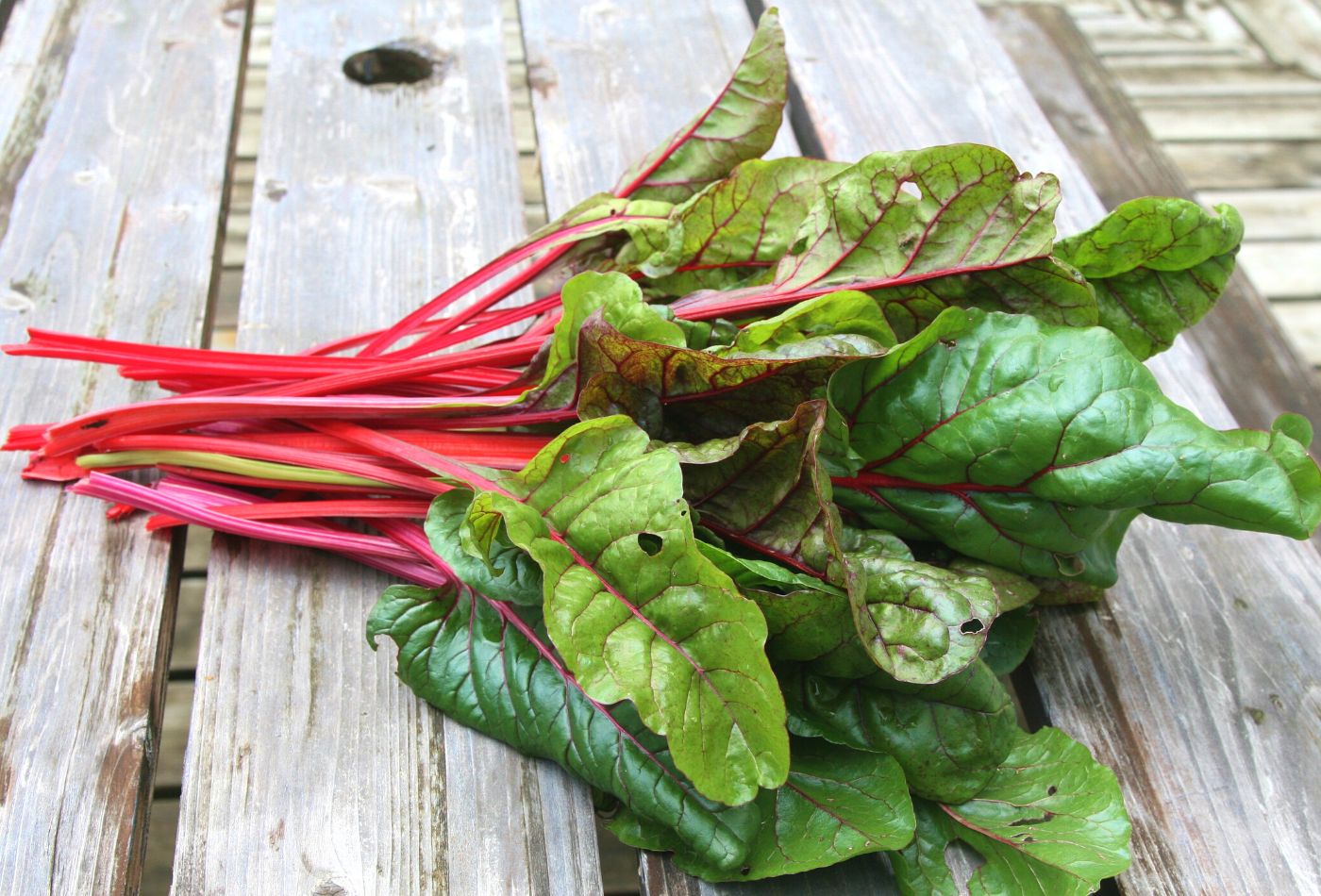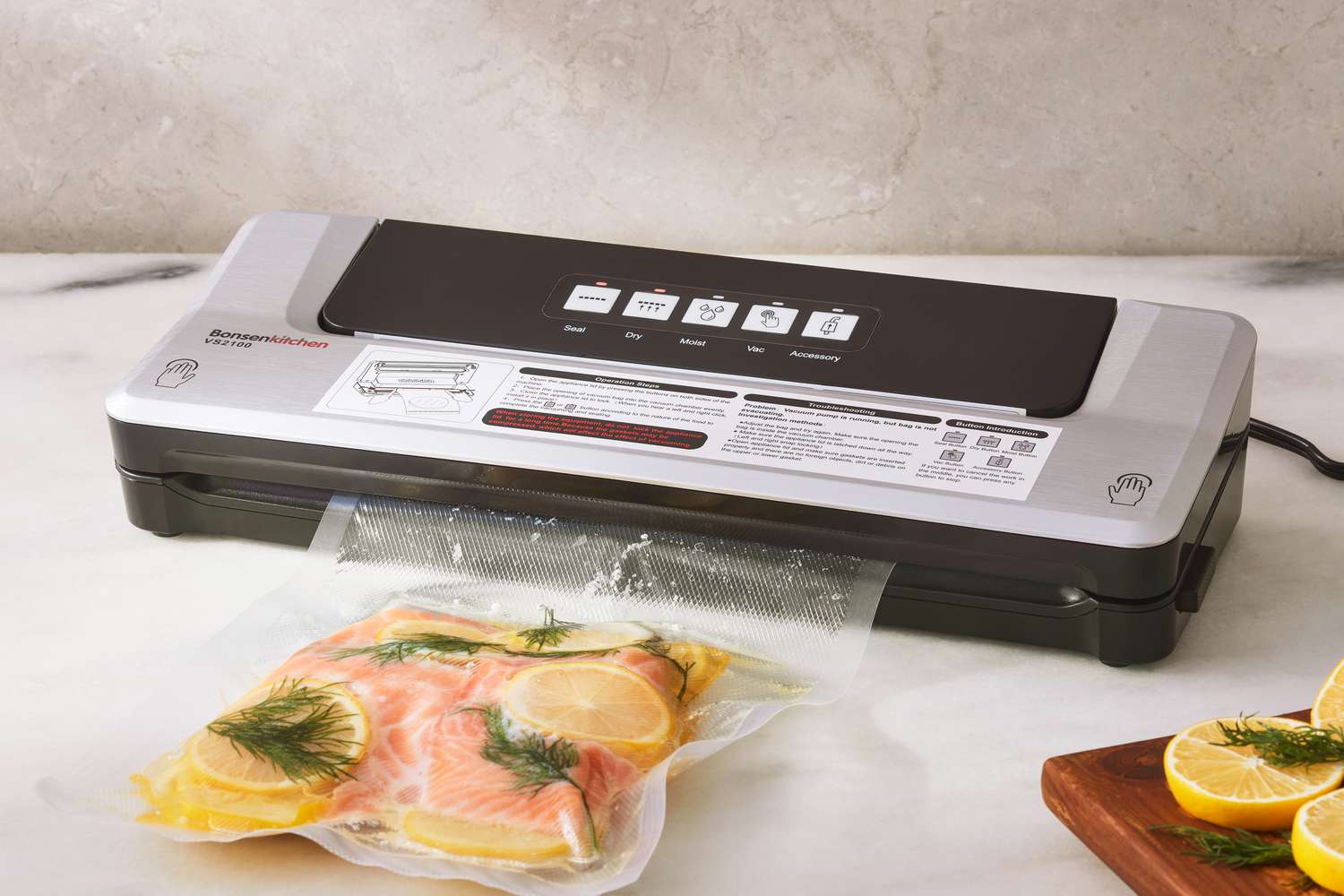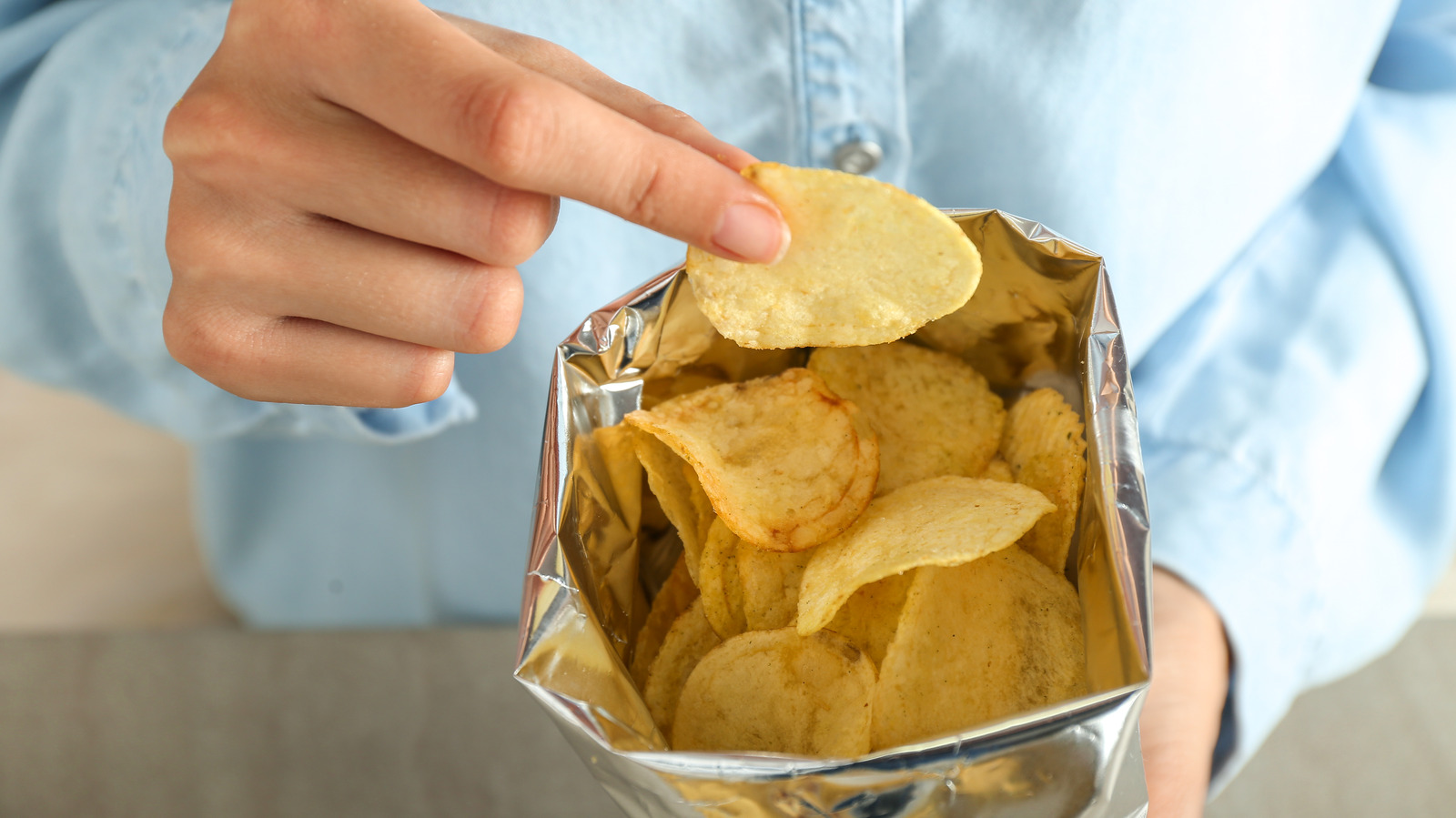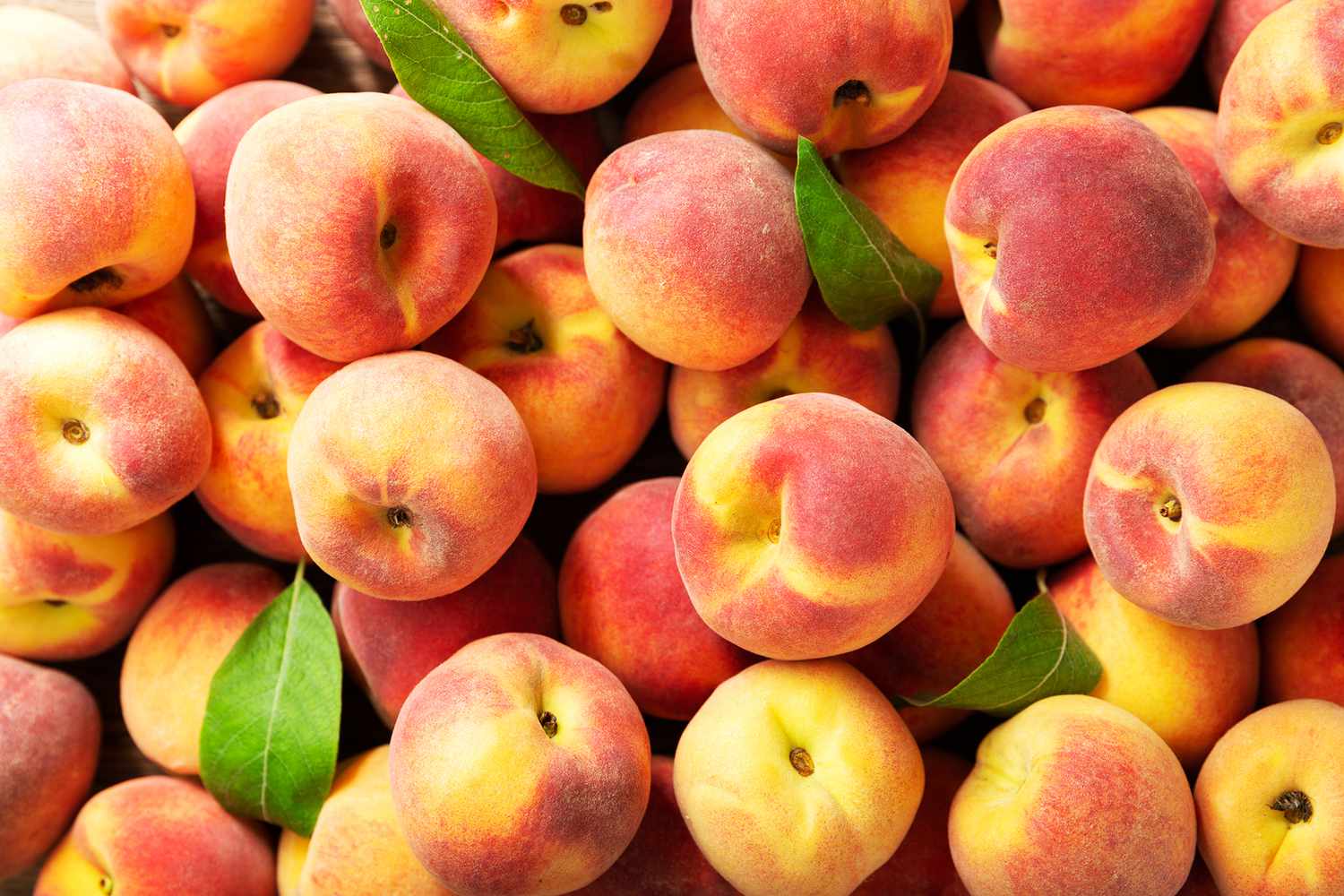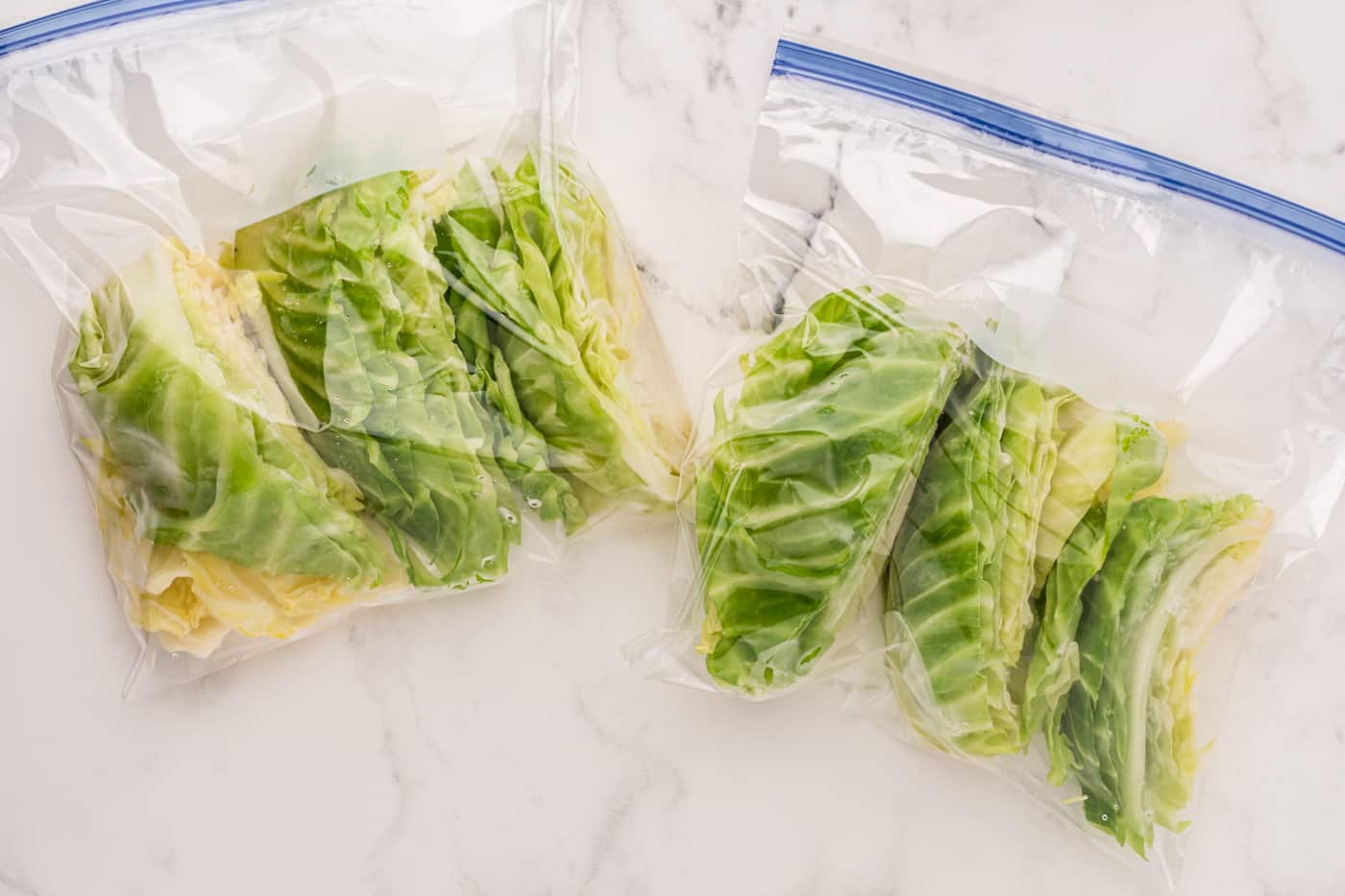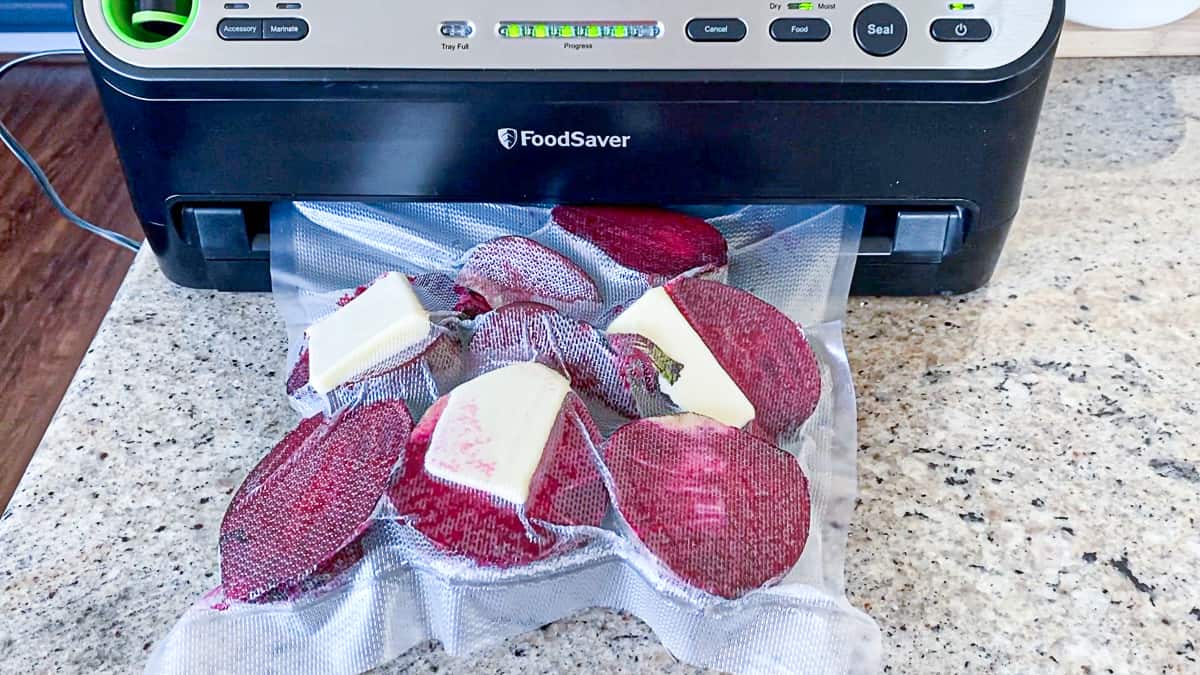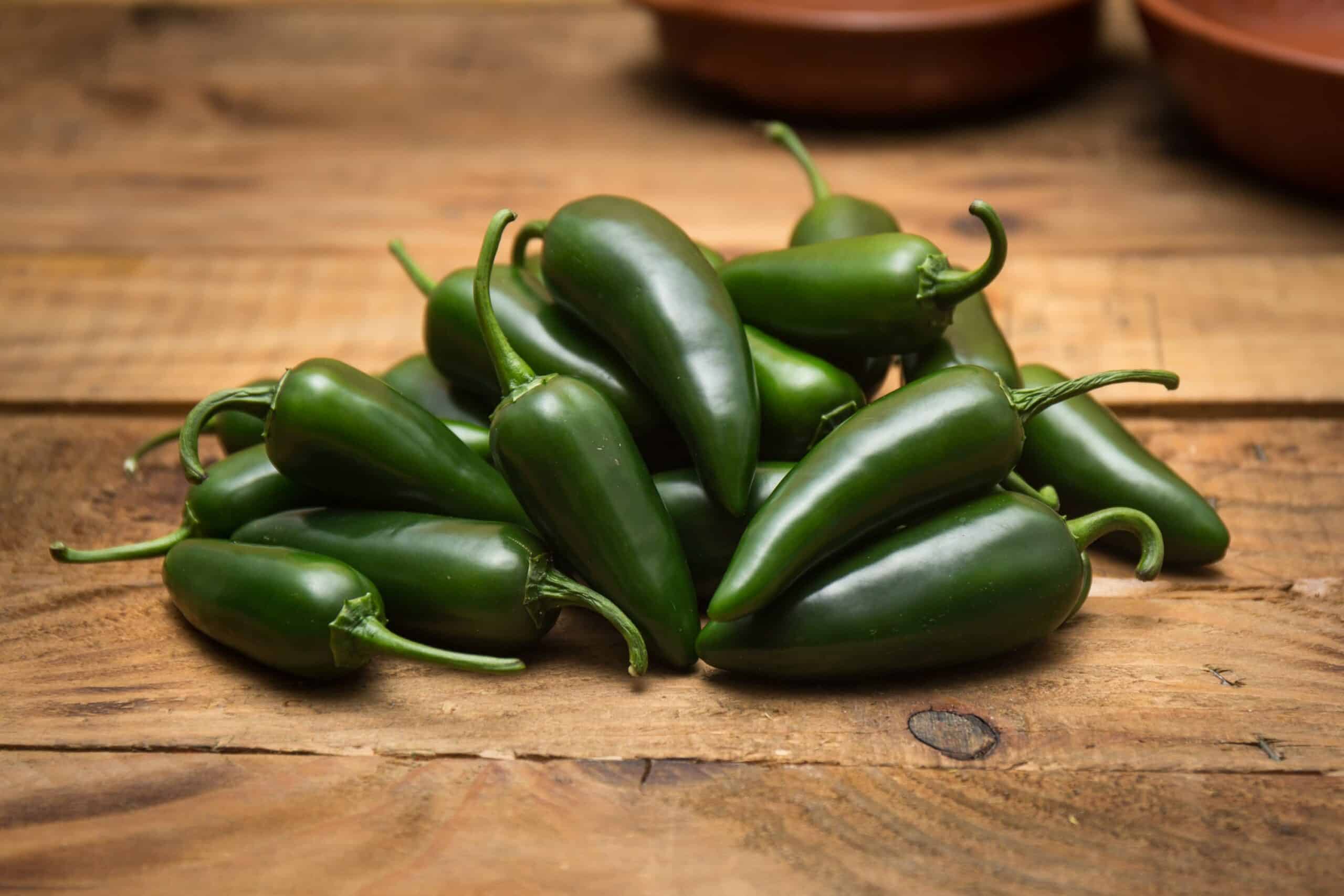Preserving Freshness: A Guide to Vacuum Sealing Cubed Cheese
There’s nothing quite like the rich, creamy flavor of fresh cubed cheese. Whether you’re a cheese connoisseur or simply enjoy adding a savory touch to your favorite dishes, keeping your cubed cheese fresh is essential for preserving its flavor and texture. One effective way to extend the shelf life of cubed cheese is by vacuum sealing it. In this guide, we’ll walk you through the simple steps to vacuum seal your cubed cheese, ensuring that it stays fresh for longer periods.
Why Vacuum Seal Cubed Cheese?
Vacuum sealing is a popular method for preserving the freshness of various food items, including cheese. By removing the air from the packaging, vacuum sealing helps prevent oxidation and slows down the growth of mold and bacteria. This not only extends the shelf life of the cheese but also maintains its flavor and texture, allowing you to enjoy it for an extended period.
What You’ll Need
Before you begin the vacuum sealing process, gather the following items:
- Cubed cheese
- Vacuum sealer machine
- Vacuum sealing bags or rolls
- Permanent marker
Steps to Vacuum Seal Cubed Cheese
Now that you have all the necessary items, follow these simple steps to vacuum seal your cubed cheese:
- Prepare the Cheese: Start by cubing the cheese into your desired sizes. Ensure that the cheese is fresh and free from any moisture or excess oils.
- Label the Bags: Using a permanent marker, label the vacuum sealing bags with the type of cheese and the date of packaging. This will help you keep track of the cheese’s freshness.
- Fill the Bags: Place the cubed cheese into the vacuum sealing bags, leaving some space at the top for sealing. Avoid overfilling the bags to ensure a proper seal.
- Seal the Bags: Once the bags are filled, carefully place them into the vacuum sealer machine. Follow the manufacturer’s instructions to vacuum seal the bags, ensuring a tight and secure seal.
- Store the Sealed Cheese: After vacuum sealing, store the sealed cheese bags in the refrigerator to maintain their freshness. Proper storage conditions will further extend the shelf life of the cubed cheese.
Tips for Vacuum Sealing Cubed Cheese
Here are some additional tips to keep in mind when vacuum sealing cubed cheese:
- Use high-quality vacuum sealing bags or rolls to ensure a reliable seal and optimal preservation.
- Consider portioning the cubed cheese into smaller packages to minimize exposure to air when opening the sealed bags.
- Regularly inspect the sealed bags for any signs of air leakage or compromised seals, and reseal if necessary.
- Labeling and dating the sealed bags will help you keep track of the cheese’s freshness and consumption timeline.
Enjoying Fresh Cubed Cheese
By vacuum sealing your cubed cheese, you can prolong its freshness and savor its delicious flavor over an extended period. Whether you’re using it for cooking, snacking, or entertaining, properly sealed cubed cheese will be ready to enhance your culinary creations. With these simple steps and tips, you can confidently preserve the quality of your favorite cheese and enjoy its rich taste whenever you desire.
So, next time you stock up on your favorite cheese varieties, consider vacuum sealing some cubed portions to ensure that they stay fresh and flavorful for your enjoyment. With the right tools and techniques, you can elevate your cheese experience and make the most of its delectable qualities.
